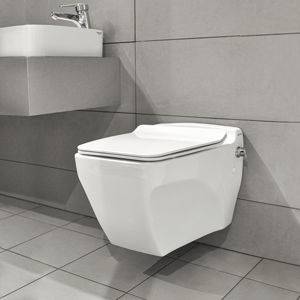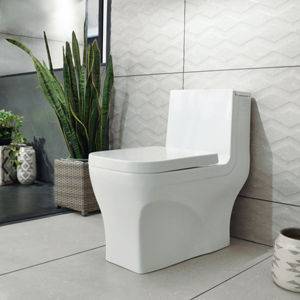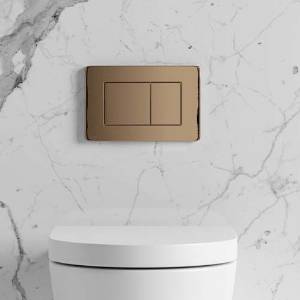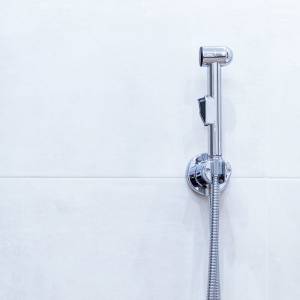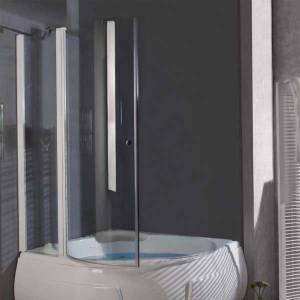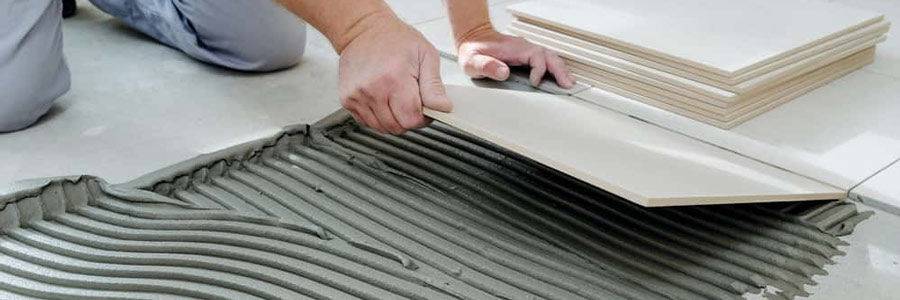Tiling can be a difficult and tedious job, but there are tools that will make it easier for you to do. We have assembled a list of tools to help you be successful in laying your tile, whether it is on a wall or a floor. All these tools are equally important, so we have put them in the order that you will use them.
1. Manual Tile Cutters
A manual tile cutter is a must when laying tile. It is lightweight, so you can take it with you wherever you go, and it is easy to use, making you more efficient at the job. Cutters make very clean and precise cuts, and they only take one hand to use.
When looking for a manual tile cutter, check that it has double guides that are wide enough apart for you to clearly see to score and cut your tile. You also want one that has different cutting measurements. You will need them for the vast assortment of size and tile types on the market.
2. Wet Tile Saw
Walls and floors come in all different shapes and sizes, which means that the same tile will fit into each one differently. The best way to get clean and precise cuts every time is to use a wet tile saw.
3. Diamond Saw Blades
Diamond saw blades are recommended because diamonds are harder than rock, making it easier to cut through the tile. Look for a blade that is made for wet cutting and cutting fine porcelain tiles.
4. Diamond Drill Bits
Just like the saw blades, you want diamond drill bits to drill into tile because they are the hardest. Look for a diamond bit that is made for wet cutting if you want to reduce the amount of dust when drilling.
5. Rubber Buckets
You need buckets to mix your mortar in. If you are mixing a big batch for a large area, you may want to pour some into a smaller bucket to take with you as you move around. Any bucket will work for this, but a rubber bucket is easier to clean than a plastic one, whether the mortar is wet or dry.
6. Tile Nippers
Tile nippers are also known as pincers or tile nibblers. They help make irregular cuts, like circular shapes, that a wet saw can’t cut.
7. Tile Mortar Mixer
It is important that mortar is mixed very well before you use it. Mixing helps release any air bubbles that are trapped in the mortar. No air means you get a stronger hold.
The best way to make sure that your mortar is mixed well is by using a tile mortar mixer. It is electric and has large paddles to churn through the thickness of the mortar. There are several different paddles, speeds, and motors available. Which one you use depends on your preference and the job.
8. Tile Trowel
There are two kinds of trowels that tile layers use.
- Pointed
A pointed trowel is used to get the mortar out of your bucket and onto the tile and do the initial spreading out.
- Square-Notched
The square-notched trowel is used once the mortar is spread out onto the brick. The notches ensure that you have the right amount of mortar on each tile.
Every job requires a different thinset (thickness of mortar). Know what the correct thinset is for the job you are doing, so you can make sure that you have the right size of the trowel. The notches give you the needed thinset, remove excess mortar, and help any trapped air to be pressed out when the tile is laid.
9. Chalk Line
A chalk line is an old-fashioned yet dependable way to make sure that you lay your tile in a straight line.
10. Level
When laying down a tile floor, it is especially important that all the tiles are at the same level to avoid tripping. You know they are even when you lay your level on the tiles and it is sitting evenly. If tiles are uneven, there will be a small gap showing you that one tile is higher than the other.
11. Rubber Mallet
The rubber mallet is used to gently tap tile into the correct place and the right height.
12. Rubber Grout Floats
A rubber grout float is a lot like a trowel. One side of it is a sturdy yet flexible piece of rubber used for spreading grout over tiles to cover the mortar. Rubber grout floats come in various sizes. Some are meant to get into those hard-to-reach places, while others allow you to spread the grout over a large area easily.
13. Grout Sponge
The grout sponge is a big, dense-celled sponge that is made to wipe up any lingering grout.




